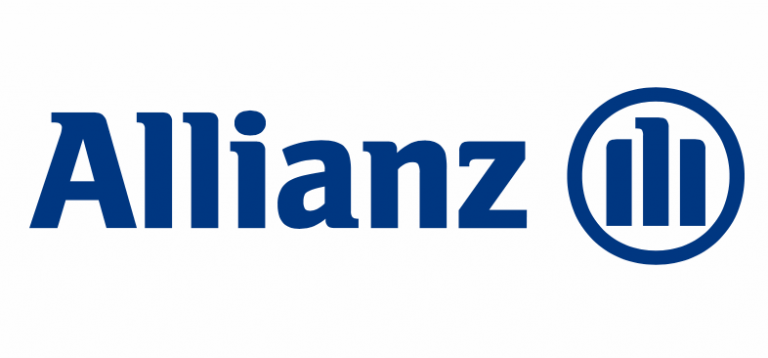Allianz grows aggregate reinsurance and lifts catastrophe budget for 2022
By Favour Nnabugwu
Global insurance carrier Allianz has expanded its aggregate reinsurance protection for 2022 and also raised its catastrophe budget for the year, after the company experienced a particularly high burden from nat cat losses in 2021.
Allianz’s recently published full year 2021 financial results show that the insurer recorded net natural catastrophe losses, after reinsurance, of €1.637 billion, up significantly on the €880 million seen in 2020.
Last year was another above-average year of catastrophe losses for the industry, and Allianz was mainly impacted by flood and storm events across Europe in the summer months.
All in all, nat cats made up 3.1% of Allianz’s 93.8% combined ratio for 2021, which is up from 1.7% in 2020 and above the ten-year full year average of 1.9%. Weather-related losses, so excluding nat cat, were 1.2% of the combined ratio for 2021, compared with 1.3% for 2020.
In response to the higher nat cat bill, Allianz has renewed its aggregate reinsurance cover at a larger size for 2022, and also increased its catastrophe budget for the months ahead in order to reduce volatility.
Speaking during an analyst call last week, the company’s Chief Financial Officer (CFO), Giulio Terzariol, explained: “When we look at nat cat, internally, we look at nat cat and weather-related losses. So, overall, in the past, for the sum of nat cat and weather-related losses, we had a budget of about 3% of premium and we moved this budget up already, in the last two years, to about 3.2% of premium. Now, for 2022, the way I look at that is 3.5 percentage points.”
He went on to note that when compared with three-four years ago, Allianz’s catastrophe allowance, including weather-related, is now 50 basis points higher.
To further minimise the volatility of its property and casualty (P&C) book, the company has also increased the size of its aggregate excess-of-loss reinsurance protection at the recent renewals. This layer has grown in size by €200 million, year-on-year, to €500 million.
“So, I will say that if we see more nat cats that are included in this 3.5 budget, I would say, when we start getting to 4.5 percentage point of load, that’s the point where the aggregate should come into play,” said Terzariol.
“So, think about that combined budget of nat cat and weather-related of 3.5%, which is 50 basis points higher compared to what we had a couple of years ago and then I will say, at 4.5%, we should be capped in terms of nat cats load, because the aggregate will come into play,” he added.

